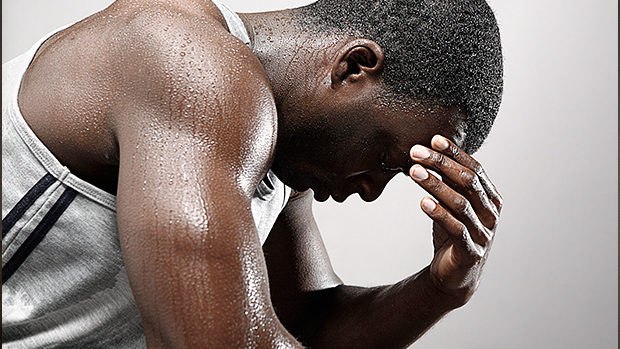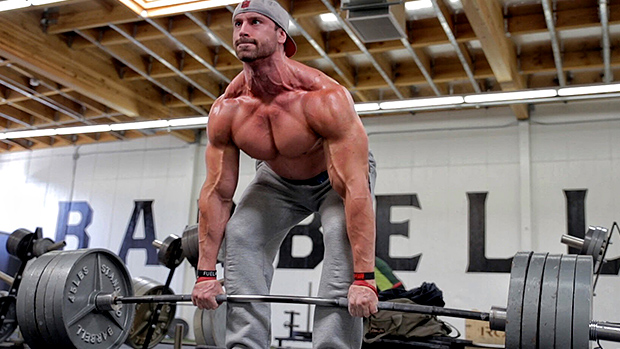When we think of warming up for exercise, we typically think of breaking a sweat, raising the heart rate, increasing muscular temperature, and stretching. While the research shows that warming up in general is a good idea, the content, type, and duration of the warm-up is not what most people think.
Raising your heart rate before performing a heavy lift is a great idea, but if your aim is to raise your flexibility and break a sweat, you're probably not accomplishing what you think.
The body doesn't like a lot of variability, so even if you sweat in your warm-up, your temperature will only change a degree or two. This increased effort and temperature doesn't correlate to increasing muscle elasticity because muscular "tone" is set by the nervous system. Under anesthesia, you're as flexible as a 12 year old ballerina!
The reality is, you only need so much flexibility to be healthy and to perform well. But what about preventing injury? According to 30 years of meta-research presented by Dr. Pablo B. Costa, PhD, static stretching might give you one percent injury prevention and dynamic stretching isn't much better.
The recommendation by the best in exercise science is that "strength and conditioning coaches, athletic trainers, and physical therapists may want to avoid using static or dynamic stretching as a means of injury risk prevention immediately prior to athletic activities." Essentially, pre-workout stretching is ineffective. There, that's 15-20 minutes of your life back, which you could be dedicating to more training.
Eastern block Olympic lifters have practiced mobility work for decades. If you were to watch the sidelines at a meet 30 or more years ago, you'd see lifters moving wrists and ankles, doing elbow circles, and what looked like pole dancing at times! They were practicing joint mobility to prepare their nervous systems for explosive performance. Joints are how the nervous system "sees itself" -- so moving joints to their fullest range of motion (not stretching) safely prepares the body for movement.
A warm-up should prepare the body to move, by moving. Muscles do not significantly change temperature through work and stretching doesn't increase flexibility. Instead, readying yourself for exercise and practicing intended movements is the goal of warm-ups and can positively affect your performance.





